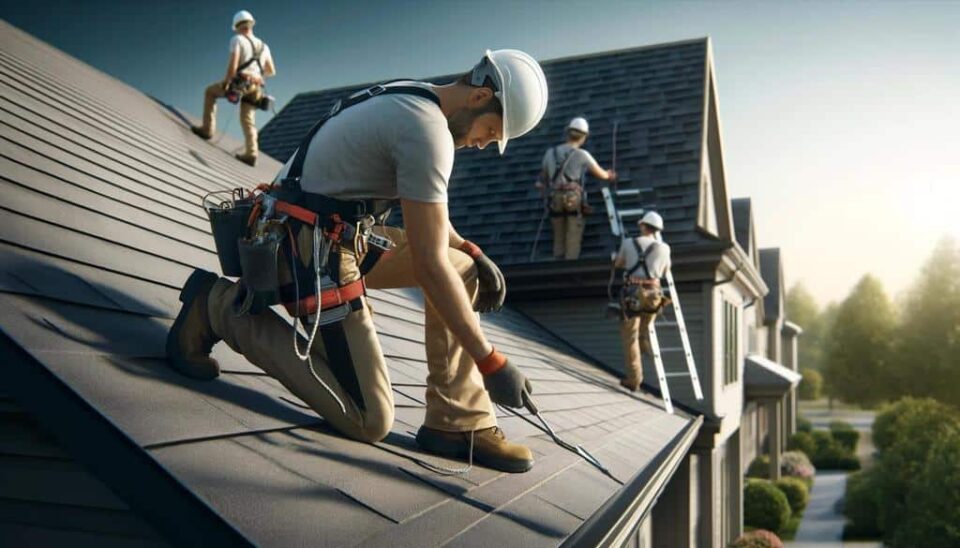Regular roof inspections are essential for maintaining the integrity of your home’s first line of defence against the elements. Many homeowners wonder about the ideal frequency for these vital check-ups. Over time, this constant exposure can lead to wear and tear that may not be immediately visible from the ground. Regular inspections can catch minor issues before they escalate into major problems, potentially saving you thousands in repair costs and extending the life of your roof.
- Factors influencing inspection frequency
Several elements come into play when determining how often you should schedule a roof inspection. The age of your roof, the type of roofing material, local climate conditions, and recent severe weather events all play a role. For instance, older roofs or those in areas prone to extreme weather may require more frequent check-ups. Visit RooferProsper.com to learn more about how these factors can affect your specific roofing needs.
- Signs that warrant immediate inspection
While adhering to a regular inspection schedule is important, certain signs should prompt you to call for an immediate inspection, regardless of when your last check-up occurred. These include visible damage after a storm, water stains on your ceiling or walls, missing or damaged shingles, and excessive granules in your gutters. Prompt attention to these issues can prevent more extensive damage. Visit RooferProsper.com for expert guidance on identifying these warning signs and understanding when to seek professional help.
- DIY inspections between professional visits
While professional inspections are crucial, homeowners can perform basic visual checks between visits. After severe weather events, take a walk around your property and look for obvious signs of damage. However, remember that these DIY checks should not replace professional inspections, as trained experts can spot problems that may not be apparent to the untrained eye.
- Inspection process
During a professional roof inspection, experts will thoroughly examine various components of your roof. They’ll check for signs of wear, damage to shingles or tiles, the condition of flashing around chimneys and vents, and the state of your gutters and downspouts. They may also inspect your attic for signs of water damage or poor ventilation, which can affect your roof’s performance.
- Seasonal considerations for roof inspections
The changing seasons can impact your roof differently, making it wise to consider the timing of your inspections. Spring inspections can assess any damage from winter weather, while fall check-ups ensure your roof is prepared for the coming cold months. In regions with specific seasonal challenges, like hurricane-prone areas, scheduling inspections before and after the high-risk season can be particularly beneficial.
- Technology in modern roof inspections
Advancements in technology have enhanced the roof inspection process. Many roofing services now use drones and infrared cameras to conduct detailed inspections without the need for physical roof access. These tools can provide comprehensive views of your roof’s condition and even detect hidden moisture issues, offering a more thorough assessment than traditional methods alone.
- Long-term benefits of regular inspections
Committing to a regular inspection schedule does more than prevent immediate issues. It creates a documented history of your roof’s condition over time, which can be valuable for future maintenance planning, insurance claims, and even when selling your home. This long-term approach to roof care ensures that your investment in your home’s protection is maximized.
When selecting a roofing service for your inspections, look for licensed and insured professionals with a strong reputation in your community. Experienced inspectors can provide valuable insights into your roof’s condition and offer tailored advice for its care. They should be willing to explain their findings clearly and provide detailed reports of their inspections.

